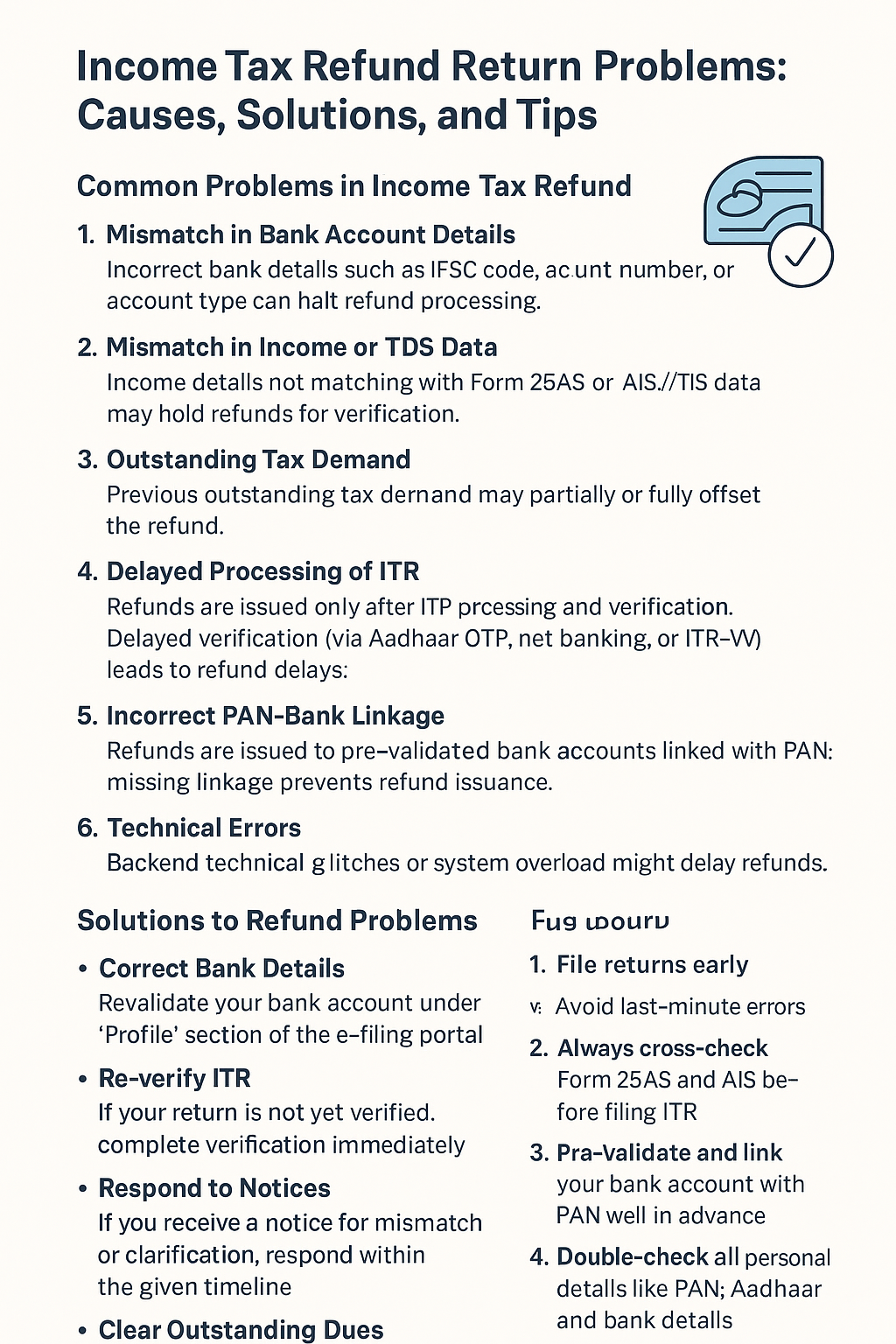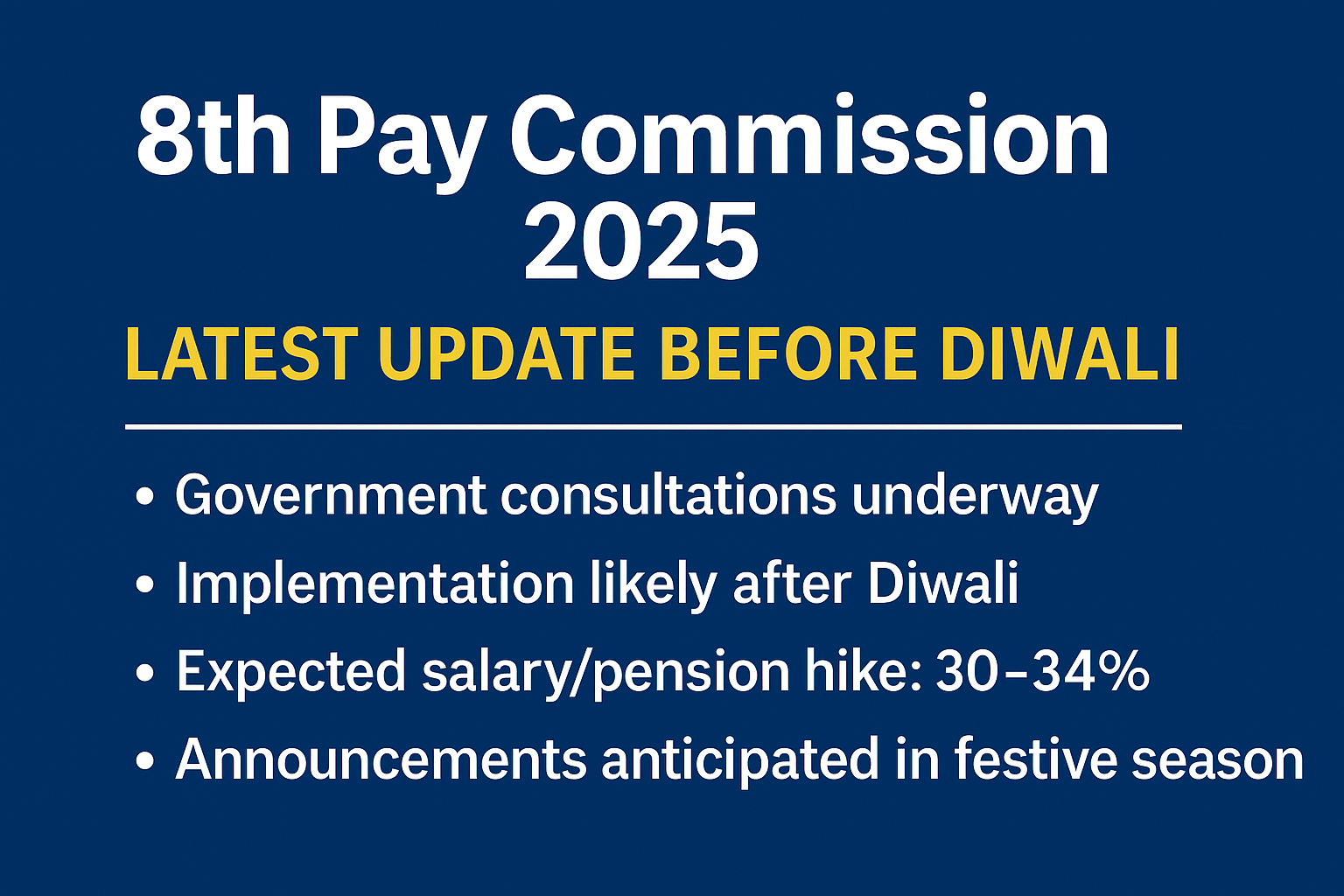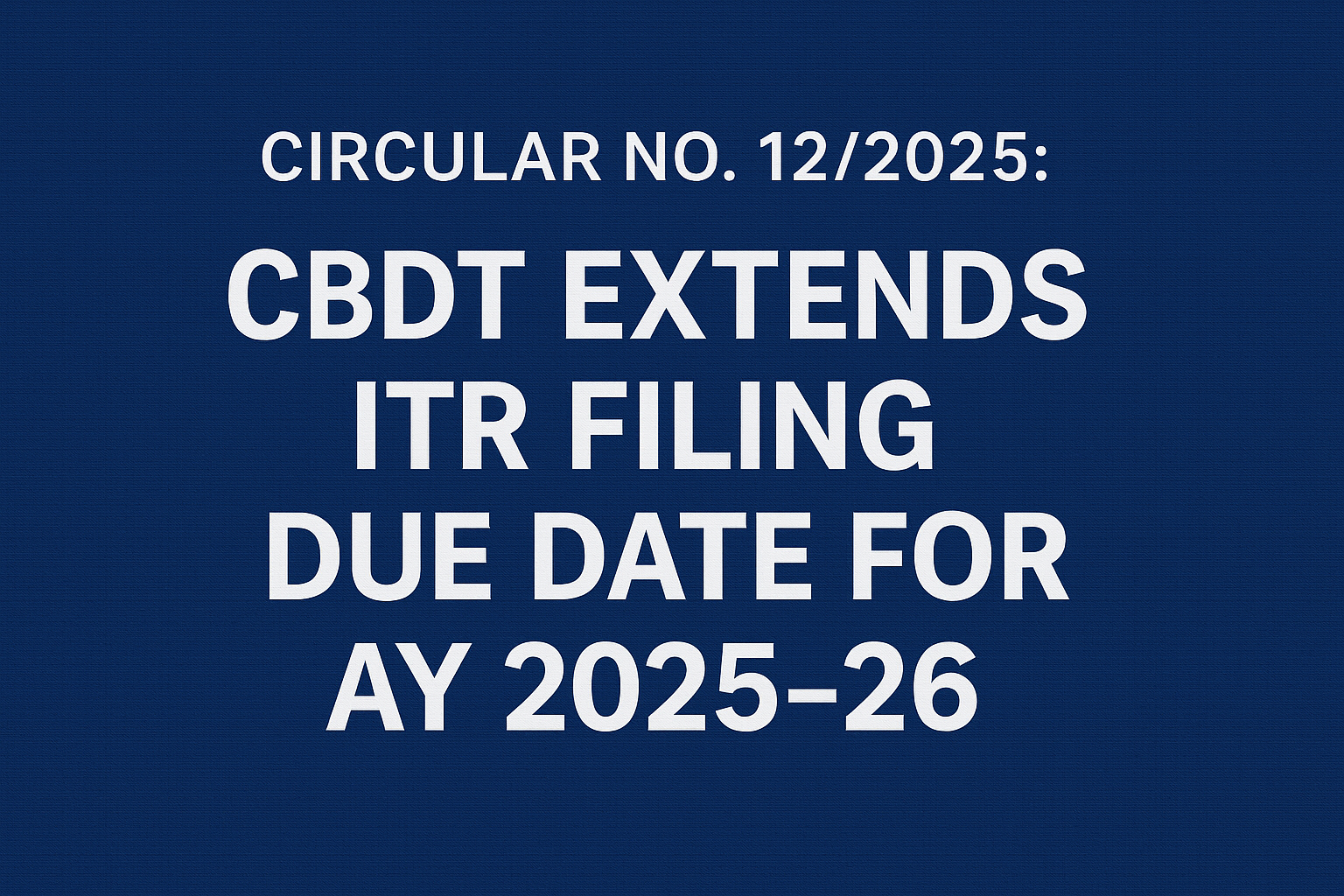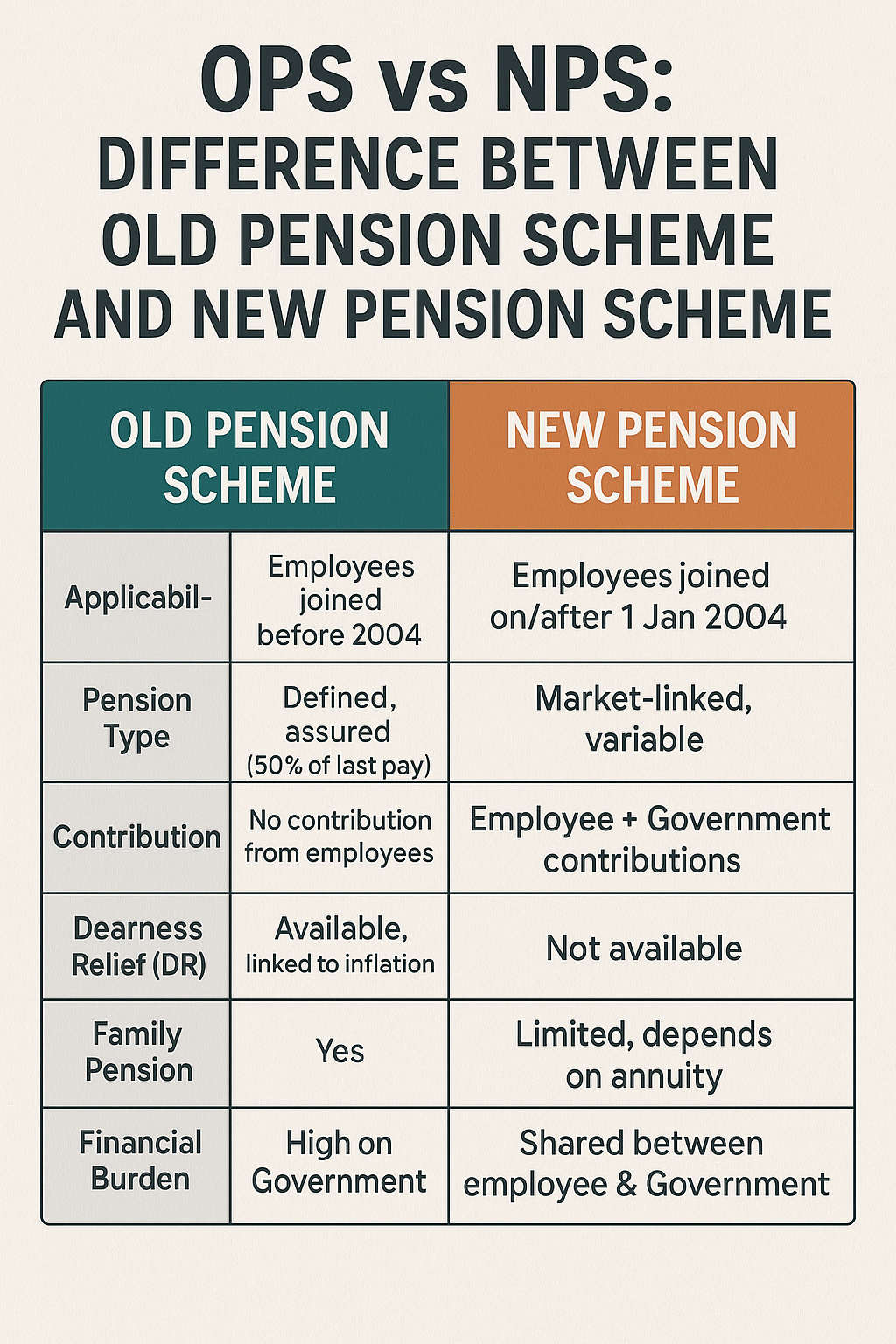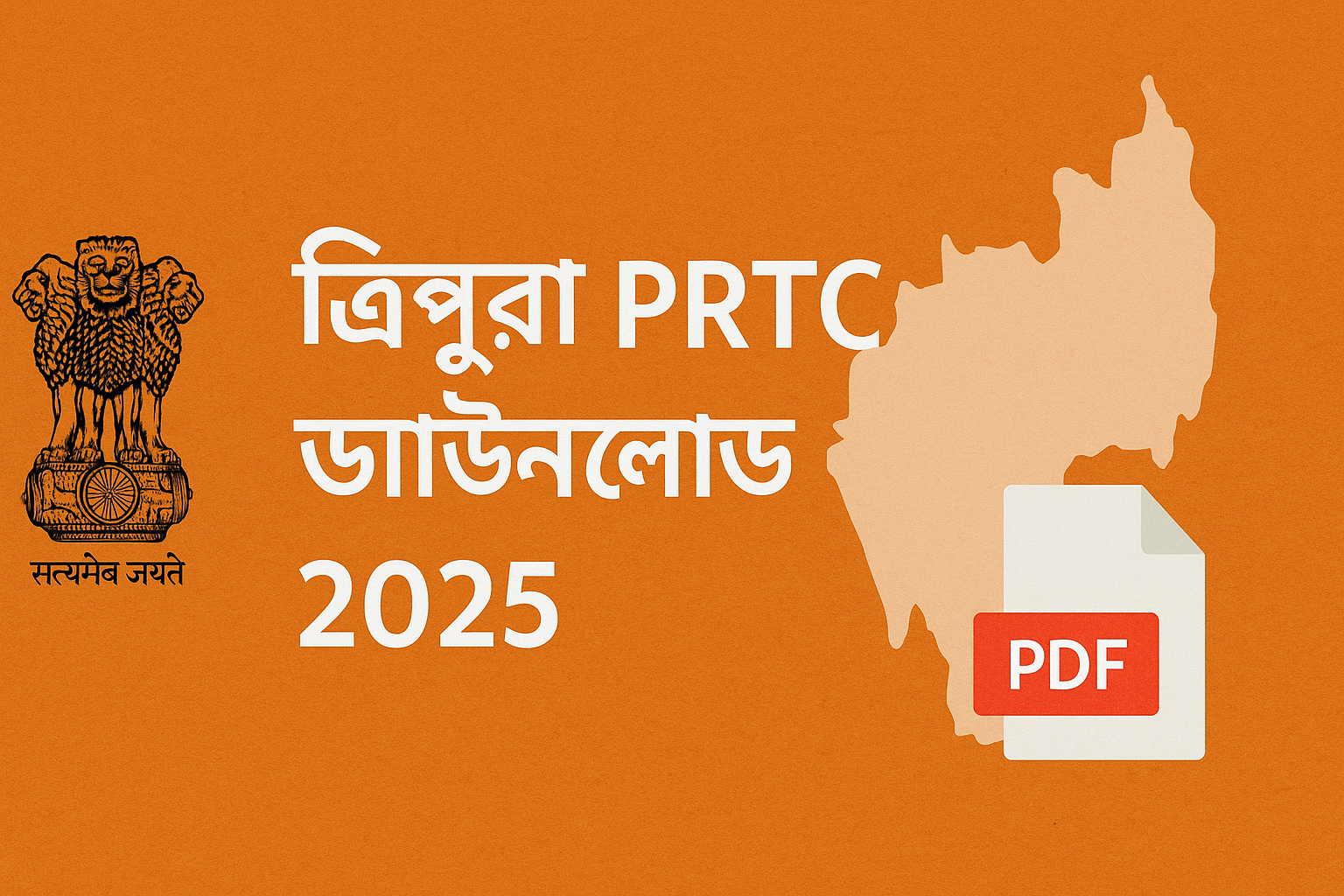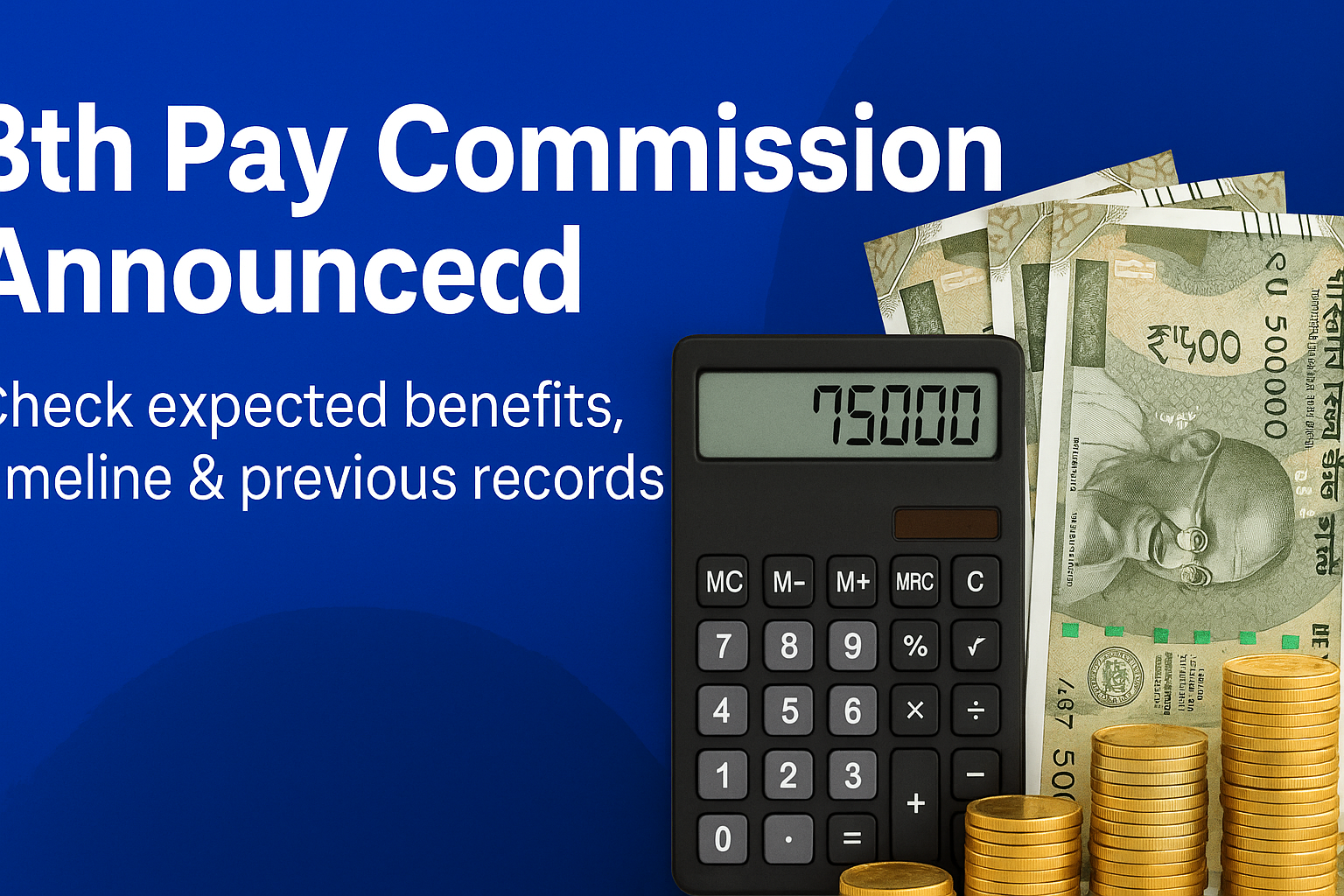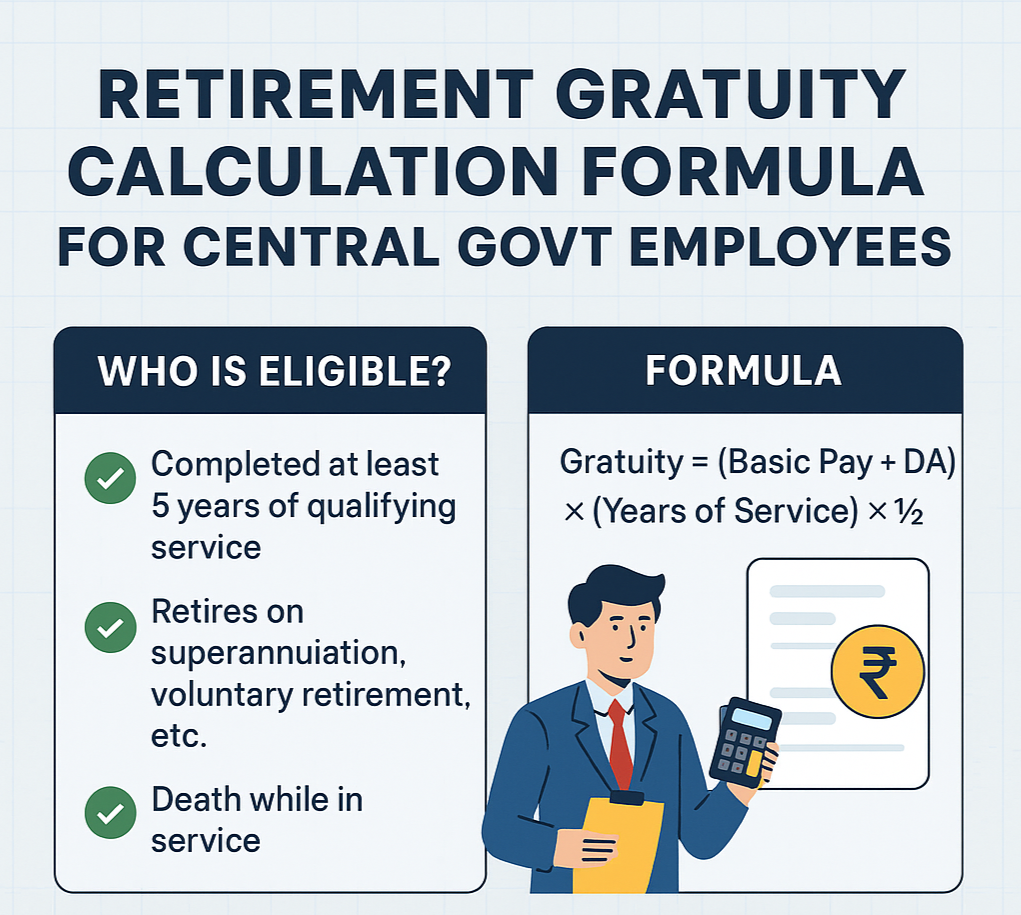Old Pension Calculation Formula: Complete Guide for Government Employees

Old Pension Calculation Formula: Complete Guide for Government Employees
The Old Pension Scheme (OPS) is a major topic of discussion among government employees, pensioners, and policy analysts in India. While the New Pension Scheme (NPS) is currently applicable to employees who joined after 1st January 2004, many states and unions of employees are demanding a return to the Old Pension Scheme because of its guaranteed benefits and lifetime security.
One of the most important aspects of the Old Pension Scheme is the calculation formula, which determines the monthly pension amount an employee will receive after retirement. In this article, we will cover everything about the Old Pension Calculation Formula, eligibility, benefits, and step-by-step examples.
✅ What is the Old Pension Scheme (OPS)?
The Old Pension Scheme was a defined-benefit pension system for government employees in India. It assured a fixed lifelong pension based on the last drawn salary and years of service. Unlike the NPS, which depends on market returns, OPS gives a predictable and secure retirement income.
Key highlights of OPS:
- Applicable to government employees who joined before 1st January 2004.
- Pension is funded directly by the government (no employee contribution required).
- Provides lifetime pension and family pension to dependents after the pensioner’s death.
- Includes Dearness Relief (DR) to protect pensioners against inflation.
✅ Old Pension Calculation Formula
The pension under OPS is calculated using a simple and standard formula:
Formula:
Pension = (Last Basic Pay × Length of Qualifying Service) ÷ 2 × (1/33)
Or more simply:
Pension = 50% of Last Basic Pay (if 33 years of qualifying service is completed).
If an employee has less than 33 years of service, the pension is proportionately reduced.
✅ Step-by-Step Pension Calculation
Let us break down the calculation:
-
Identify Last Basic Pay:
The last drawn basic pay (including Grade Pay, if applicable) is considered for pension calculation. -
Check Qualifying Service:
- Minimum 10 years of qualifying service is required for pension.
- Full pension (50% of last basic pay) is granted only after 33 years of service.
-
Apply Pro-Rata Formula (if service < 33 years):
Pension = (50% of Last Basic Pay) × (Years of Service ÷ 33). -
Add Dearness Relief (DR):
After retirement, pensioners are entitled to DA/DR benefits, which increase with inflation.
✅ Example of Old Pension Calculation
Let’s understand with examples:
Example 1: Full Service (33 years)
- Last Basic Pay = ₹60,000
- Service = 33 years
Pension = 50% of ₹60,000 = ₹30,000 per month
- DR as applicable (e.g., 50% DA = ₹15,000 extra)
= ₹45,000 per month (approx.)
Example 2: Less than 33 years (say 25 years)
- Last Basic Pay = ₹60,000
- Service = 25 years
Pension = (50% of ₹60,000) × (25 ÷ 33)
= ₹30,000 × 0.76
= ₹22,727 per month (before DA).
Thus, employees with shorter service periods receive proportionately lower pensions.
✅ Gratuity and Family Pension under OPS
Apart from monthly pension, OPS employees are also entitled to:
1. Retirement Gratuity:
- Calculated based on last drawn salary × years of service.
- Maximum limit: ₹20 lakh (as per 7th Pay Commission).
2. Family Pension:
If the pensioner dies, the family receives a pension:
- 30% of Last Basic Pay (minimum ₹9,000 per month).
- Dearness Relief (DR) is also applicable.
✅ Key Benefits of Old Pension Calculation Formula
- Predictable Income: Pension is fixed and not dependent on market performance.
- Inflation Protection: With DA/DR, pensions automatically rise with inflation.
- No Employee Contribution: Unlike NPS, employees don’t need to contribute a portion of salary.
- Lifetime Security: Pension is payable until death, and then family pension continues.
- Better Retirement Planning: Employees know exactly how much they will get after retirement.
✅ Old Pension vs New Pension (OPS vs NPS)
| Feature | Old Pension Scheme (OPS) | New Pension Scheme (NPS) |
|---|---|---|
| Pension Amount | Fixed (50% of last pay) | Depends on market returns |
| Contribution | No contribution from employee | Mandatory 10% of salary by employee + govt. share |
| Dearness Relief (DR) | Available | Not available |
| Family Pension | Yes | Limited annuity benefits |
| Risk Factor | Zero risk | Market-dependent risk |
This comparison explains why many employees are still demanding a return to OPS.
✅ 7th Pay Commission and Old Pension
The 7th Central Pay Commission (CPC) plays an important role in pension calculations:
- Last Basic Pay includes Pay Matrix Level.
- Minimum Pension fixed at ₹9,000 per month.
- Maximum Pension capped at ₹1,25,000 per month.
- DA/DR continues to increase twice a year (January & July).
✅ Common FAQs on Old Pension Calculation Formula
Q1. How much pension will I get under the old scheme?
👉 You will get 50% of your last drawn basic pay after 33 years of service. For shorter service, pension will be proportionately less.
Q2. Is DA included in pension calculation?
👉 No, only basic pay is used for pension calculation. DA/DR is added separately after retirement.
Q3. What is the minimum service for OPS pension?
👉 At least 10 years of qualifying service is required.
Q4. How is family pension calculated?
👉 Family Pension = 30% of last basic pay + Dearness Relief.
Q5. Can OPS pension be revised?
👉 Yes, pensions are revised with Pay Commission recommendations and DA hikes.
✅ Conclusion
The Old Pension Calculation Formula is straightforward and employee-friendly. With 50% of last basic pay as guaranteed lifelong pension, plus Dearness Relief and family pension benefits, it offers far more financial security compared to the New Pension Scheme.
While OPS is applicable only to employees who joined before 1st January 2004, debates about its reintroduction continue across several states. Understanding the pension calculation formula helps government employees and retirees plan better for their future.
In short:
- Full pension = 50% of last basic pay (after 33 years of service).
- Pro-rata pension if service < 33 years.
- Lifetime DR benefits ensure inflation protection.
- Family pension continues support after pensioner’s death.
For government employees, the Old Pension Scheme remains a symbol of financial stability and retirement security.

.jpeg)
.jpeg)
.jpeg)
.jpeg)
.jpeg)
.jpeg)
.jpeg)




.jpeg)


